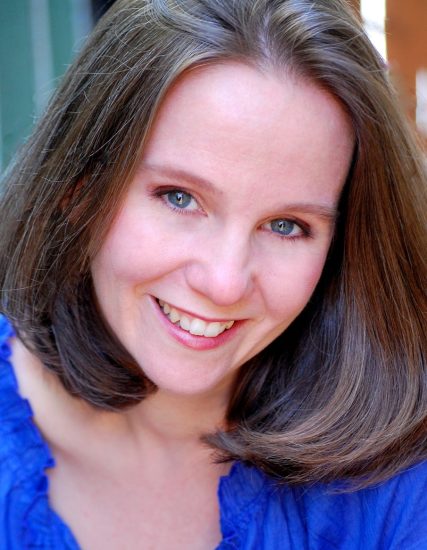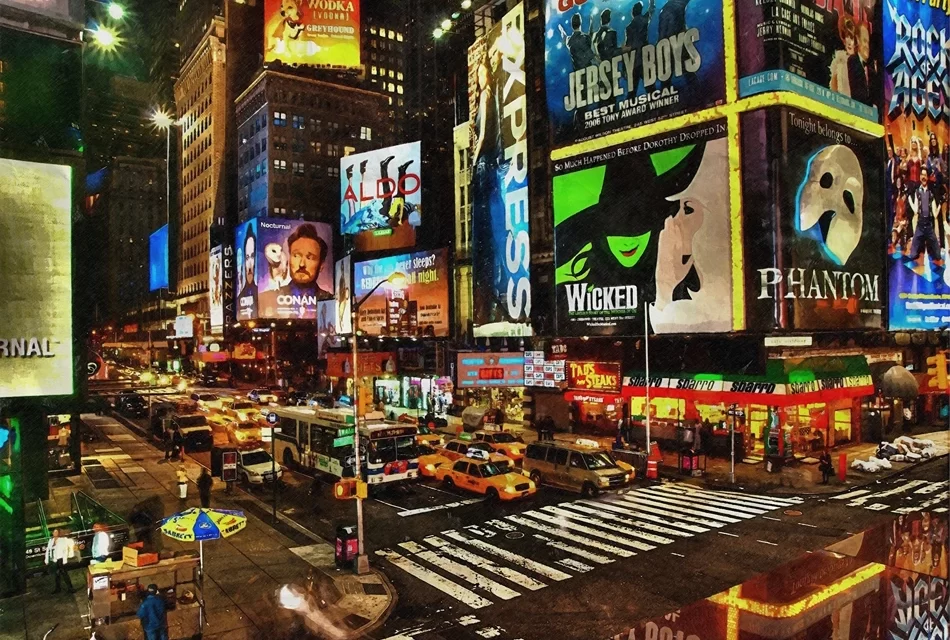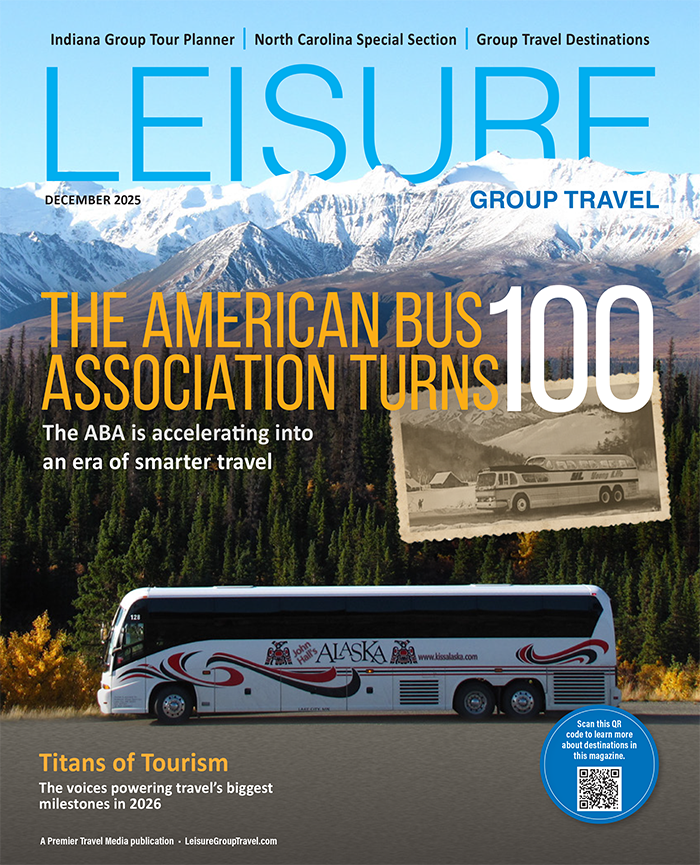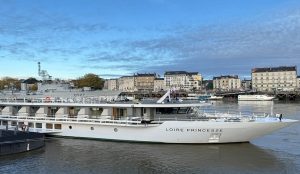An Interview on the Live Theater Industry with Tina Jo Wallace, Producing Artistic Director, Derby Dinner Playhouse

How did you first get involved in the live theater industry?
My poor family, who had to listen and watch me act, sing and dance while I was growing up, would say I have been performing since birth. While growing up, I was encouraged and supported by my patient family, wonderful teachers, and multiple community theatre programs in my area. I then went on to get my BFA in Acting from Syracuse University and have been working in live theatre my entire adult life.
For more travel ideas, you can Download the Magazine and Subscribe to Leisure Group Travel for FREE
What’s been your proudest professional achievement to date?
That is an impossible question! I loved playing opposite my fiance (now husband) as Beatrice in Much Ado about Nothing for Kentucky Shakespeare. I have so many shows I performed in here at Derby Dinner that I am proud of. I have so many moments while teaching theatre camps and classes when students have brought me to tears with their progress. There were wonderful moments sitting in an audience watching a show I have directed and hearing the visceral response to a moment that I was part of crafting. But one that stands out is when my 17-year-old came to watch rehearsal for SINGING IN THE RAIN, my first mainstage show I as the new Producing Artistic Director at Derby Dinner. As we finished Act 1, I asked what they thought and they started crying, hugged me, and told me how proud they were of me. That might be it!
What makes live theater such a powerful and enduring form of entertainment?
Community. You cannot experience life theatre alone or in a vacuum. It is a communal experience. Like watching a movie in a packed theatre, you can hear and feel others responding to the story along with you. Unlike watching a movie, the performers and technicians can feel and hear that too. So, in a place where we experience stories of love, life, failure, triumph, sadness, glory, and all measures of humanity, we are experiencing it together. It encourages community and empathy. And each performance is completely unique! Even with the most accomplished, consistent actors, each show is informed by the audience, by the feeling in the room, by how much sleep they got, the conversations they’ve had during the day and maybe even what they had to eat before the show. You cannot completely replicate a live show and that reality is magical!
What are the biggest challenges facing live theater today?
One problem live theatre is facing is the same one all people are facing, the cost of everything is up. The cost of production materials, food for our restaurant, services for our buildings, etc., have all jumped up in the last few years. And those costs have gone up for all of our employees, staff, and artists, too. So, it is necessary to raise the cost of labor, so folks can survive. But knowing that our audience is also feeling that pinch, we have to limit the amount we raise prices, so that we don’t lose patrons. It is a tight rope dance that we navigate daily.
Another is the competition of screens. To go to a live show, folks have to decide in advance, make a reservation, spend money, get in their cars, show up and maybe get home a bit past normal bedtime. The path of lesser resistance is a screen. Whether it is on your phone or on your TV, there is no commitment involved. You can scroll or start a movie and fall asleep and restart it tomorrow. You can binge a show and don’t have to communicate with another human to make that happen. So, as producers of live theatre, we have to be better, and more relevant than ever. We have to make each visit so extraordinary that our patrons don’t succumb to that path of least resistance.
What changes have you seen in group sales and tourism-driven attendance in recent years?
We have found that our corporate group business is still not back to pre-pandemic levels. Groups are booking with smaller sizes, 15-20 people rather than the 40+ we’ve been used to in the past. We are relying more on our local community groups and regional tour operators.
What do you think regional theaters or smaller productions can learn from Broadway’s model—or vice versa?
While we can always learn from others, I think trying to replicate Broadway or the Broadway model in regional theatre can be dangerous. Our theatres are not in the same ecosystem that Broadway is. Every city with a regional theatre is unique. The cost of living, the average income, the transportation system or lack thereof, the culture, and so many other things determine what the needs and desires of a community are in terms of entertainment. We have to listen and respond to our own communities to develop our model. For instance, many theatres around the country are saying the season subscription model is dead, no one wants to subscribe. That is NOT true for us. Our loyal patrons beg us to announce our season so they can renew their subscriptions. So, we have to be in tune locally to find a successful model. But I definitely think we need to know what is happening in New York, learn from it and use it as inspiration.
What advice would you give to destinations or travel planners who want to incorporate more live theater into their itineraries?
We stay flexible with deposits and deadlines to allow groups to have more time to sell their tour and it allows us to build a good relationship with the travel planner for future bookings. Partner with your local tourism bureaus. They are a great resource and can advise you on other local attractions and destinations.
For more travel ideas, you can Download the Magazine and Subscribe to Leisure Group Travel for FREE







